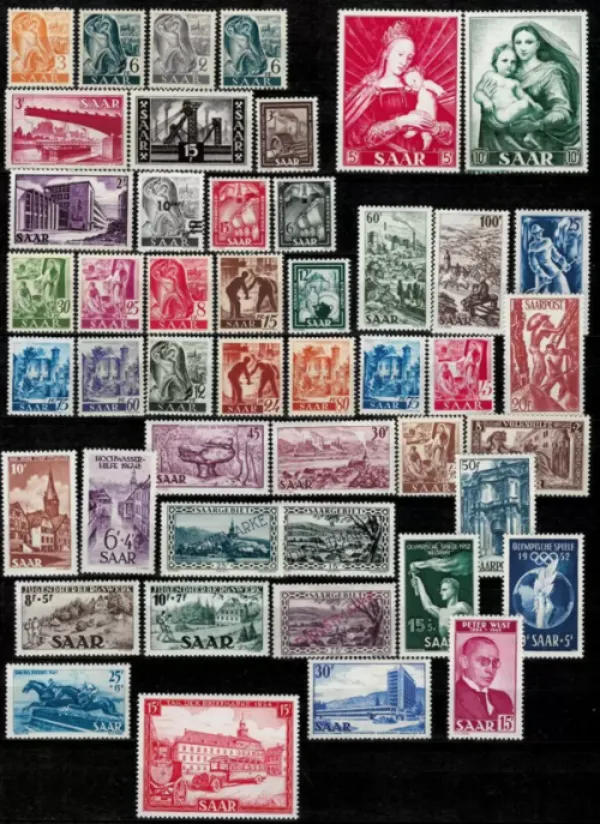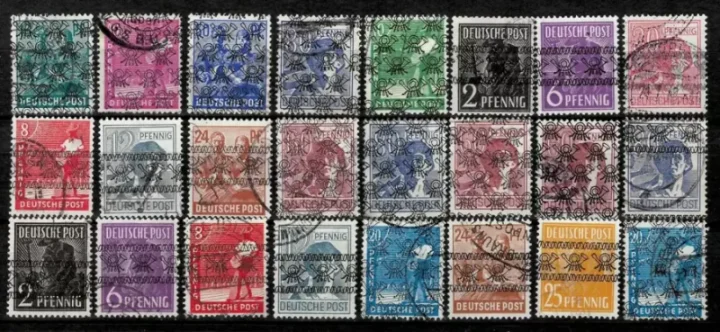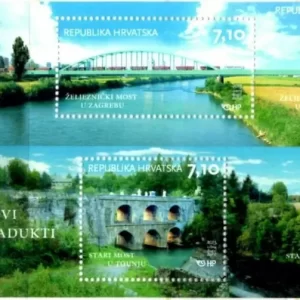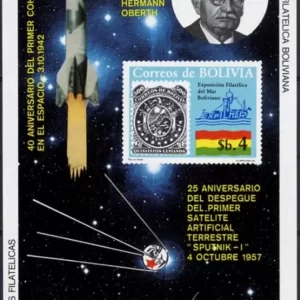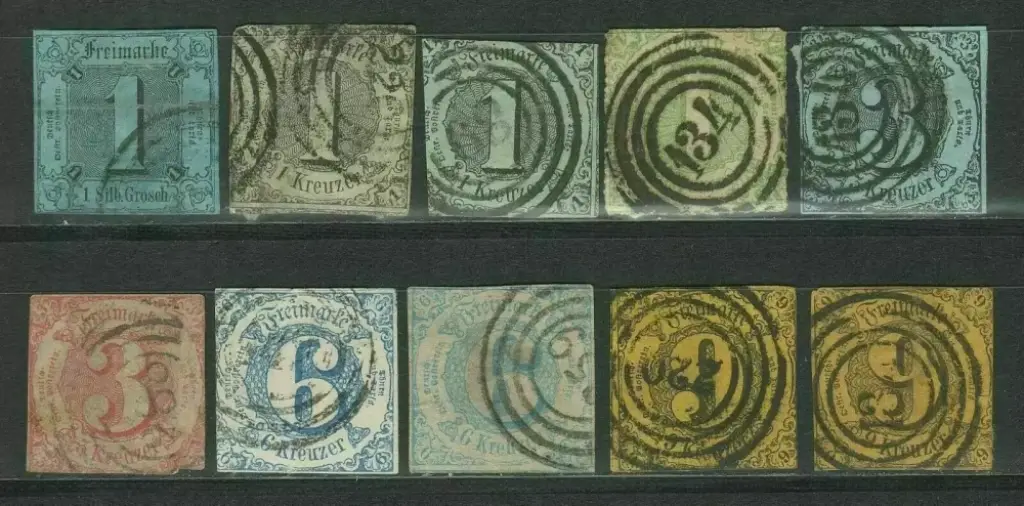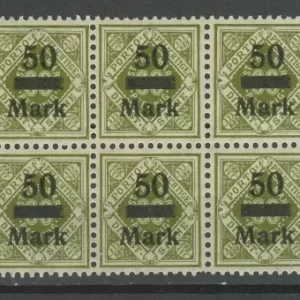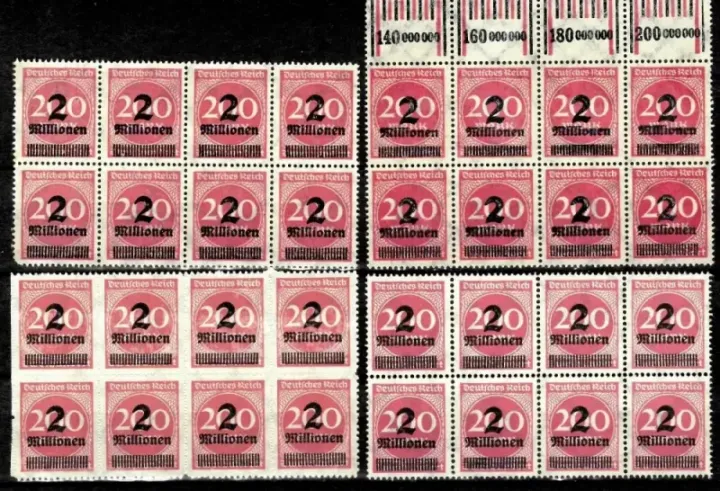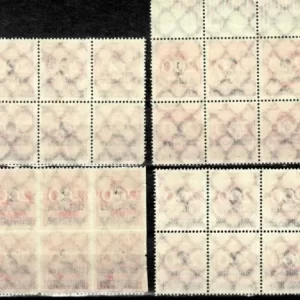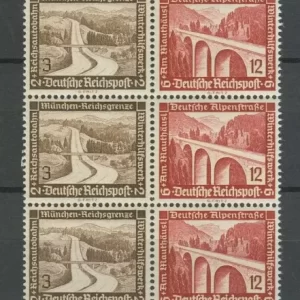The Saar region, which was under French administration from 1947 to 1956, issued a variety of postage stamps that reflect its unique political status and cultural heritage. Here is an overview of the key stamp issues during this period:
1947
- First Definitive Series: Issued in mid-1947, featuring 17 stamps with designs including various workers, Mettlach Abbey, and Marshal Ney. Initially denominated in German currency, these stamps were later replaced by French currency denominations.
1948
- “SAARPOST” Series: Released on April 1, 1948, these stamps marked the first to bear the inscription “SAARPOST” and featured various designs and subjects relevant to the Saar region .
1949
- “SAAR” Series: Following the “SAARPOST” series, another set of stamps inscribed simply with “SAAR” was issued. This continued the tradition of showcasing local landmarks and important figures .
Early 1950s
- Definitive and Commemorative Stamps: Each year saw the issuance of new stamps, including a definitive set in 1952 that featured various buildings in the Saar region. Annual commemorative also highlighted significant events and cultural aspects of the region.
1955 Referendum
- Political Shift: After the 1955 referendum, where the Saar population voted to reunite with Germany, the region began transitioning towards using German postal systems. This shift was reflected in the stamps issued during this period.
1956
- Final Issues Under French Administration: The stamps issued in 1956 continued to feature local themes and commemorate regional events. These stamps marked the end of the French administration’s influence on Saar’s postal issues .
1957 Transition
- Integration into Germany: On January 1, 1957, Saar was integrated into the Federal Republic of Germany. A special stamp was issued to commemorate this event, followed by definitives featuring the profile of President Theodor Heuss, inscribed “SAARLAND” and “DEUTSCHE BUNDESPOST” .
Collectability
Stamps from Saar between 1947 and 1956 are valued by collectors due to their historical significance and the limited number of issues. They are generally affordable and offer a window into the region’s complex history during the post-World War II era.
For detailed listings and images of these stamps, resources such as specialized catalogues like the Michel Handbuch-Katalog Saar.

